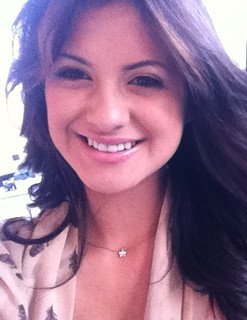"The importance of the "push away moment" cannot be overemphasized. It is when the agenda of the patient, the agenda of the physician/staff and even the agenda of the organization aligns and provides an opportunity for change. It's when the the stars, moon and planets line up. When it comes down to it, it is a tragedy when the opportunity passes because the physician/staff keeps pecking away at the keyboard." Timothy Ho M.D.
Last year I wrote a blog about overcoming chronic insomnia in which I described a moment where the Sleep Neurologist was taking a detailed medical history to uncover what brought me to him. For most of the intake, he would look at me quickly to ask a question then turn to the computer to type my answers. Eye to eye contact was minimal. I explained how my health had deteriorated to where I was having migraines 3-4 days out of the week because I wasn't sleeping and the Ambien I had become dependent upon was causing me to sleepwalk and do crazy things I couldn't remember. He asked me to describe a couple of sleepwalking episodes and as I did, he typed. He typed and typed and typed... until I, choking back some tears, started describing the latest episode where I had taken a pair of scissors and cut my hair - in my sleep. It was at that moment that he experienced what my doctor friend Timothy Ho once referred to as a "Push-Away" moment. That, as he described it, is a moment where you realize that the most important thing you can do for your patient is to stop typing, look the patient in the eyes, and just listen.
When I finished spilling out what was a very embarrassing and scary episode for me, my doctor looked me directly in the eyes and with great assurance said "I can help you, if you are willing to make a lot of changes, starting with stopping the Ambien." That was the moment for ME, the patient, when this visit changed. I went from feeling alone and desperate to feeling heard. It was the concern in his eyes and voice that reinforced the fact that my situation was as serious as I believed it to be. It was the confidence in his words that made me feel like he really could help me. If we didn't have the push-away moment connection, I probably wouldn't have taken his strategies for overcoming my insomnia to heart.
If providers practice listening for clues and learn to take advantage of push-away moments, patients may feel more committed to complying to medical advice and recommendations. Push-away moments may even lead to better medication adherence, people exercising more, giving up tobacco, and completing important screening tests. Why not push away your computer and give it some thought?




